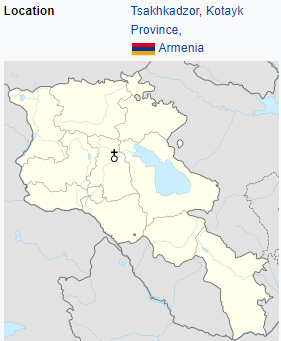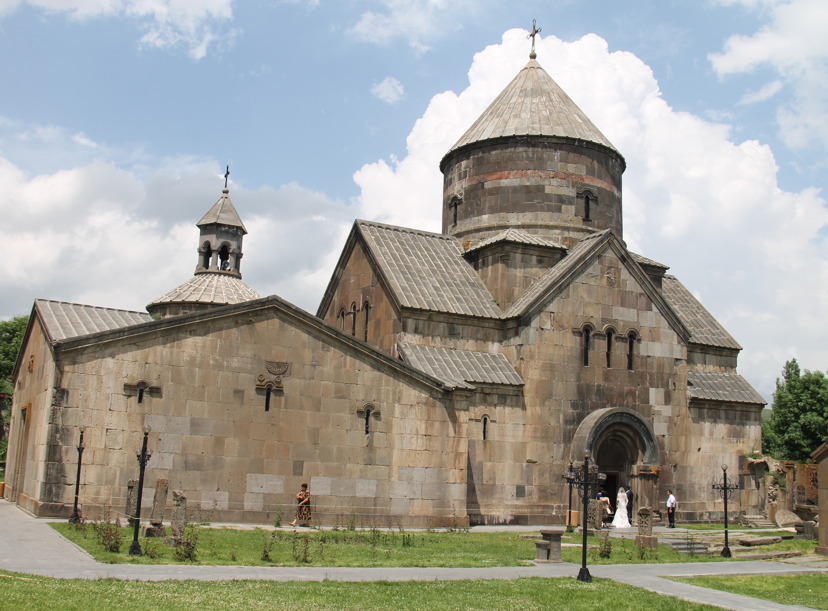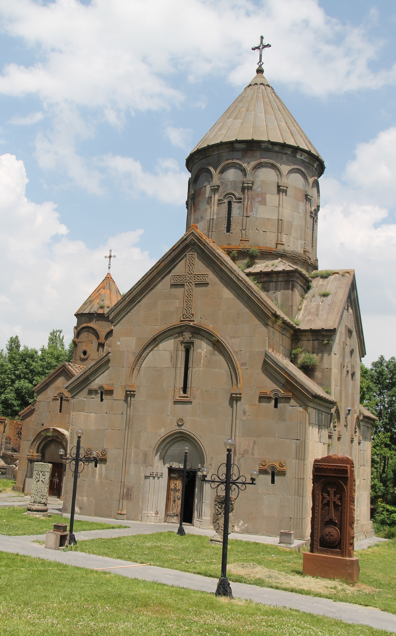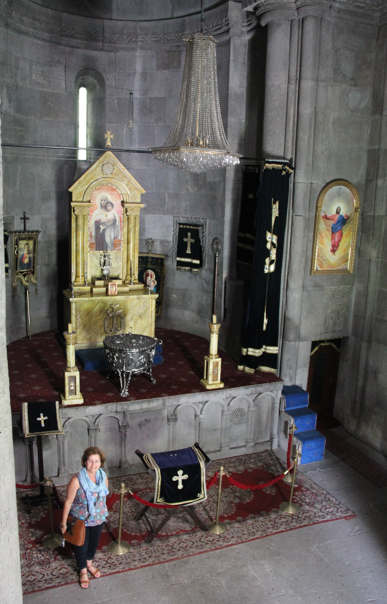Tsakhkadzor
Kotayk Province
Day trip to the Sevan region, we took a stop at this beautiful Monastery
I really enjoyed wandering around the grounds as there were many little areas to explore around the main church.
I love the typical old style of the Armenia churches where the inside is all dark and there are spots of light filitering in from windows and showering bits of the church with streaks of light, its just so eerie in a way and I feel like ive been taken back in time!
History…
Kecharis Monastery (Armenian: Կեչառիսի վանքային համալիր), is a medieval Armenian monastic complex dating back to the 11th to 13th centuries, located 60 km from Yerevan, in the ski resort town of Tsakhkadzor in Armenia. Nestled in the Pambak mountains, Kecharis was founded by a Pahlavuni prince in the 11th century, and construction continued until the middle of the 13th century.


In the 12th and 13th c, Kecharis Monastery was a famous religious and cultural centre in Armenia in the middle ages, some of the country’s most outstanding medieval scientists and politicians lived and worked, hundreds of manuscripts were created and copied here as it was a major center of calligraphy
The domes of the two main churches were heavily damaged in an earthquake in 1927. The buildings were conserved during the period of the Armenian SSR, and rebuilding work started in the 1980s. A series of nationwide problems led to a halt in the rebuilding for about a decade as the 1988 Armenian earthquake hit, the Soviet Union collapsed in 1991, the First Nagorno-Karabakh War broke out, and Armenia was blockaded by its two allied Turkic neighbors. Rebuilding work resumed at Kecharis in 1998 and finished in 2000. The restarted work was paid for by an Armenian donor from Vienna, Vladimir Harutyunian, in memory of his parents Harutyun and Arsenik.
St Grigor Church
The main temple, the church of Saint Grigor, is the monastery’s first structure erected by Grigor Magistros Pahlavuni in 1013. Being of a domed hall type, it is one of the typical church structures of the period of developed feudalism in Armenia. The interior of the temple is divided into three spaces by two pairs of wall-attached abutments. The central (and largest) space of the church is crowned by a broad cupola resting on spherical pendentives. The cupola and pendentives were destroyed by an earthquake in 1927, and reconstructed in 2000.

The semicircular altar apse has two-storey vestries on either side. Three triangular niches behind the altar provide openings for light. The sole of the altar has carved geometrical ornament, alternating with rosettes in places.



Surp Nishan Church
The church of Surp Nshan (Armenian: Սուրբ Նշան, “Holy Sign of Cross” in Armenian), situated south of the church of Grigor, is a small cross-winged domed structure built, judging by the type of the building and by architectural details, in the 11th century, probably soon after the church of S. Grigor.






